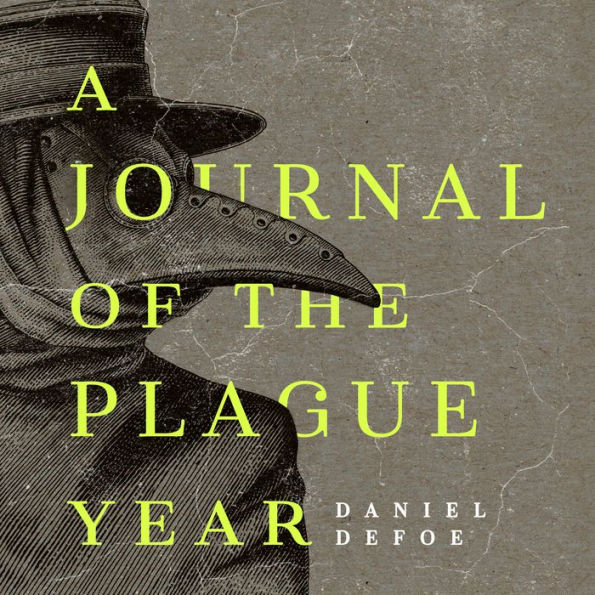One of the most original and harrowing accounts of living through a virulent pandemic . . . as full of meaning about human suffering today as it was when it was written.” —The Daily Beast
“A brilliant account of the last major outbreak of bubonic plague in Britain—and it can still educate readers three centuries later.” —BBC News
“[A] classic of plague literature . . . Camus was inspired by this book in writing The Plague.” —The Jerusalem Post
“So grimly immediate . . . you can practically smell the death and decay.” —The Guardian
“A realistic account of the plague’s effects on [London]. Defoe’s novel still has the power to unsettle—like when he writes about families forced into quarantine due to an infected family member.” —Vulture
"Within the texture of Defoe's prose, London becomes a living and suffering being." —Peter Ackroyd
“Another plague year would reconcile all these differences; a close conversing with death, or with diseases that threaten death, would scum off the gall from our tempers, remove the animosities among us, and bring us to see with differing eyes than those which we looked on things with before.”
In 1665, London was struck by the bubonic plague, an epidemic that was the last major instance of the bubonic plague in England. This instance of the plague killed 100,000 people over a year and a half, and was transmitted through rats that ran through the city.
A Journal of the Plague Year was presented as an eyewitness account of the epidemic through the eyes of Londoners, though Daniel DeFoe was only a child during the plague. This book was likely based on the journals and writings of his uncle, but is written with factual specificity and authority that place it among other contemporary accounts of the year. Whether it should be called fiction or nonfiction has been widely debated due to its astonishing amount of factual details, but its ultimate fictitious nature of the authorship.
This journal, whether considered fact or fiction, remains relevant centuries later in a world experiencing similar events and casualties. The words within the journal echo the same sentiments as those experiencing the modern pandemic have felt and expressed. Delving into the observations of the past generations gives current readers a sense of shared suffering through the centuries, and may impart retroactive wisdom that is remarkably relevant for current times.
“Another plague year would reconcile all these differences; a close conversing with death, or with diseases that threaten death, would scum off the gall from our tempers, remove the animosities among us, and bring us to see with differing eyes than those which we looked on things with before.”
In 1665, London was struck by the bubonic plague, an epidemic that was the last major instance of the bubonic plague in England. This instance of the plague killed 100,000 people over a year and a half, and was transmitted through rats that ran through the city.
A Journal of the Plague Year was presented as an eyewitness account of the epidemic through the eyes of Londoners, though Daniel DeFoe was only a child during the plague. This book was likely based on the journals and writings of his uncle, but is written with factual specificity and authority that place it among other contemporary accounts of the year. Whether it should be called fiction or nonfiction has been widely debated due to its astonishing amount of factual details, but its ultimate fictitious nature of the authorship.
This journal, whether considered fact or fiction, remains relevant centuries later in a world experiencing similar events and casualties. The words within the journal echo the same sentiments as those experiencing the modern pandemic have felt and expressed. Delving into the observations of the past generations gives current readers a sense of shared suffering through the centuries, and may impart retroactive wisdom that is remarkably relevant for current times.

Editorial Reviews
Product Details
| BN ID: | 2940173186027 |
|---|---|
| Publisher: | Spotify Audiobooks |
| Publication date: | 11/17/2020 |
| Edition description: | Unabridged |
Videos


